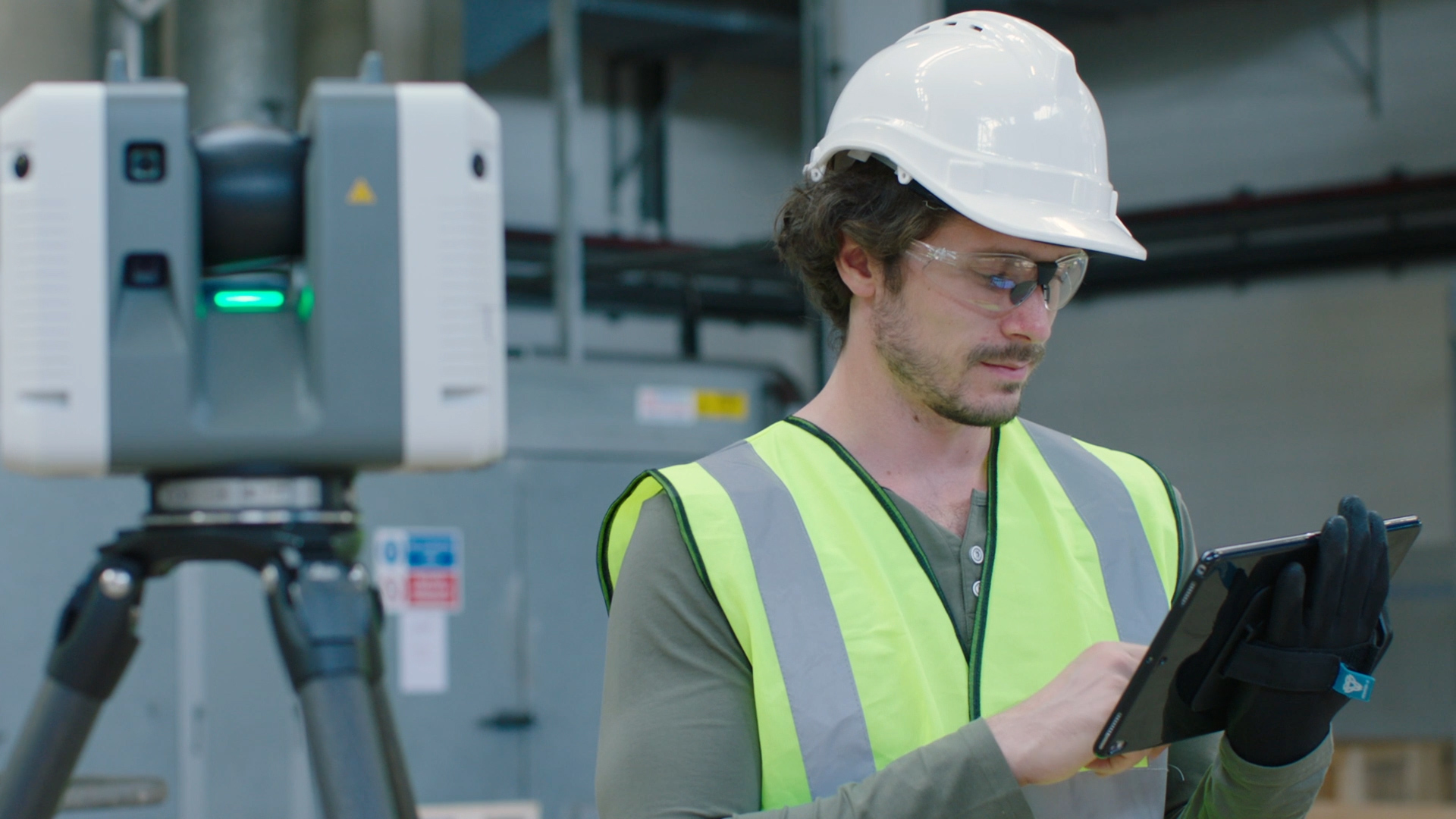"When you buy a laser scanner, you’re essentially hiring the best person in the world at what they do, and you’re hiring them at a one-time cost. There's no overhead. There's no sick time. It brings tremendous value to your organization.” —Greg Schneider, Industrial Plant Solutions Specialist, Leica Geosystems
In the ever-evolving landscape of industrial plant management, precision and efficiency in measurements are paramount. With the continuing evolution of laser scanning technology, plant managers and engineers have access to a powerful tool that redefines accuracy and cost-effectiveness. But there’s a catch.
“It’s not a low-cost investment,” explains Industrial Plant Solutions Specialist Greg Schneider, of Leica Geosystems, in a recent interview for Tech Insider. “Plants have things in place and they’re comfortable with the way they’re doing things. And then when they look at the cost of bringing the technology in-house, it’s a challenge.”
However, Schneider advises facilities to carefully consider all the angles.
Efficiency Gains
One of the most substantial advantages of laser scanning technology is its efficiency. Traditional methods involve physically walking through a facility, capturing measurements individually—a process that is both time-consuming and labor-intensive.
In contrast, modern laser scanners can perform a comprehensive scan in seconds*, capturing every detail within the scanner’s field of view. This rapid data collection not only saves time but also ensures that no critical measurements are missed due to time constraints.
Accurate and Comprehensive Data Collection
Unlike conventional methods that often focus only on essential measurements, laser scanning captures all necessary data in one sweep. This comprehensive approach significantly reduces the risk of missing crucial details, which can lead to costly errors during the design and construction phases. By having an exhaustive dataset from the outset, plants can avoid unnecessary change orders and shutdowns, leading to smoother project execution and higher efficiency.
Cost Effective Resource Utilization
The upfront investment in laser scanning technology might seem steep, but it translates into substantial long-term savings. Conventional measurement methods require more labor hours and overhead costs. By reducing the need for extensive manual measurements, laser scanning minimizes these expenses, making resource utilization more cost-effective.
Risk Mitigation
Laser scanning technology helps identify potential issues before they become critical, thereby mitigating risks. For instance, detailed scans can reveal structural inconsistencies or hidden defects that might otherwise go unnoticed until they cause significant problems. Preventing such issues can save considerable amounts of money and time by avoiding unplanned downtimes and expensive repairs.
Safety Enhancements
The safety of employees is invaluable, and laser scanning technology contributes significantly to workplace safety. By reducing the need for physical presence in hazardous zones, laser scanning minimizes the risk of accidents and injuries. How do you put a value on an employee’s safety? This aspect alone makes the investment worthwhile.
Up to Date As-Built Conditions
Point cloud data from laser scans offers the most accurate representation of a facility’s current conditions. Unlike static 3D models, which can quickly become outdated, point clouds depict the “as-is” state of a plant, capturing every detail from conduits to pipe hangers. This dynamic and detailed data is crucial for effective maintenance, planning, and decision-making.
Operational Efficiency
Digital twins enhance operational efficiency by providing real-time access to as-built conditions. For example, using tablets or smartphones, engineers can geotag critical information within the facility, linking it directly to the point cloud. This seamless integration of data ensures that everyone in the plant has immediate access to up-to-date information, streamlining various operations and improving overall productivity.
A Different Perspective on Cost
Laser scanning technology offers unparalleled benefits in terms of efficiency, accuracy, safety, and long-term savings. By rethinking the cost analysis and understanding the true value of this investment, industrial plant managers and engineers can unlock new levels of precision and operational excellence in their facilities.
“When you buy a laser scanner, you’re essentially hiring the best person in the world at what they do, and you’re hiring them at a one-time cost,” Schneider says. “There’s no overhead. There’s no sick time. And there are so many benefits. It brings tremendous value to your organization.”
To explore laser scanning solutions that meet your needs, get in touch with one of our industrial plant solutions specialists.
*The Leica RTC360 laser scanner completes a full scan in as little as 26 seconds, and the BLK360 next-generation imaging laser scanner captures a full scan with spherical images in only 20 seconds.
